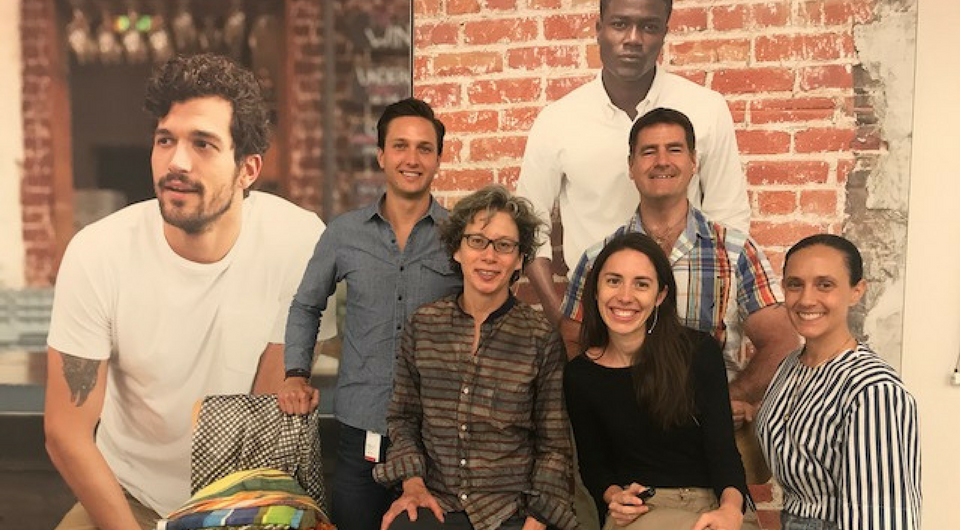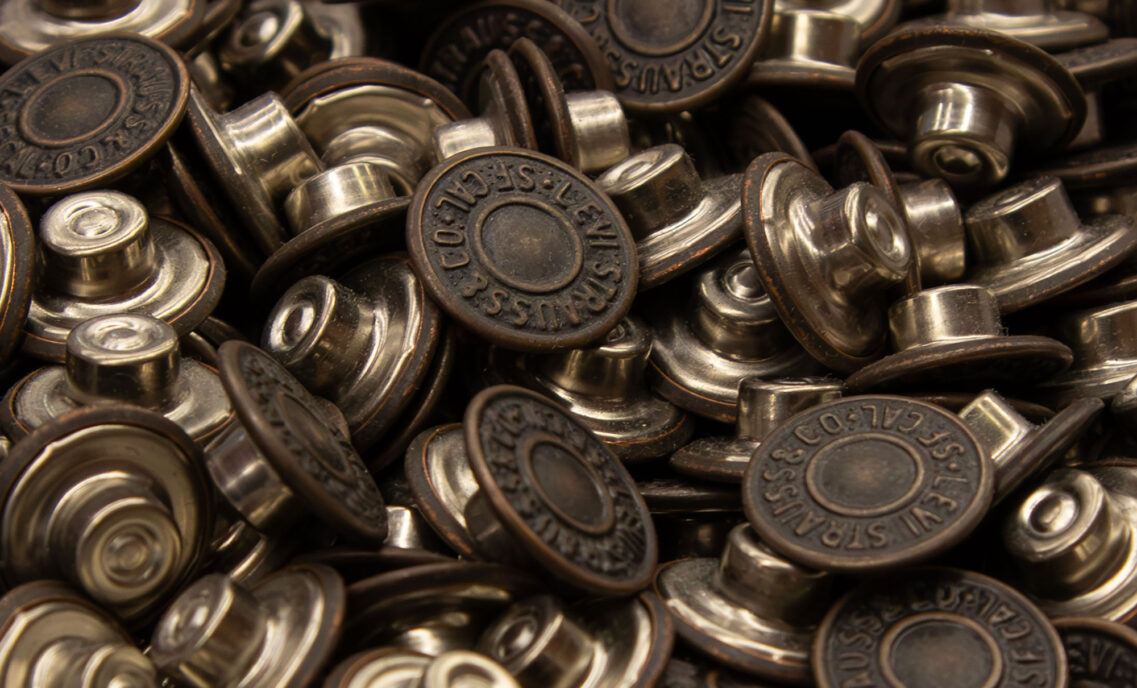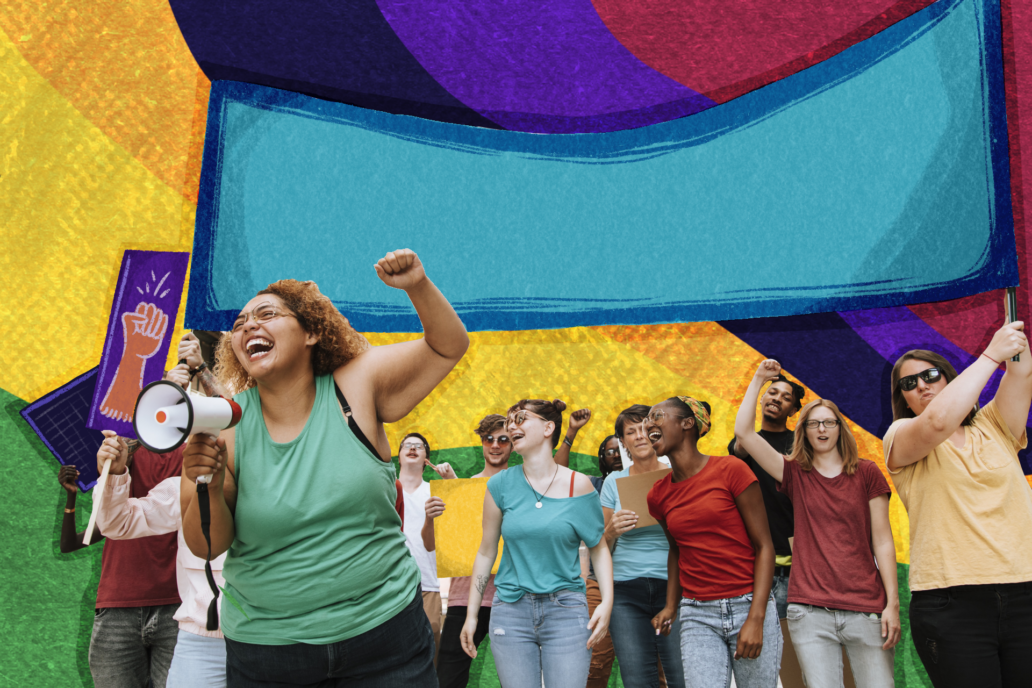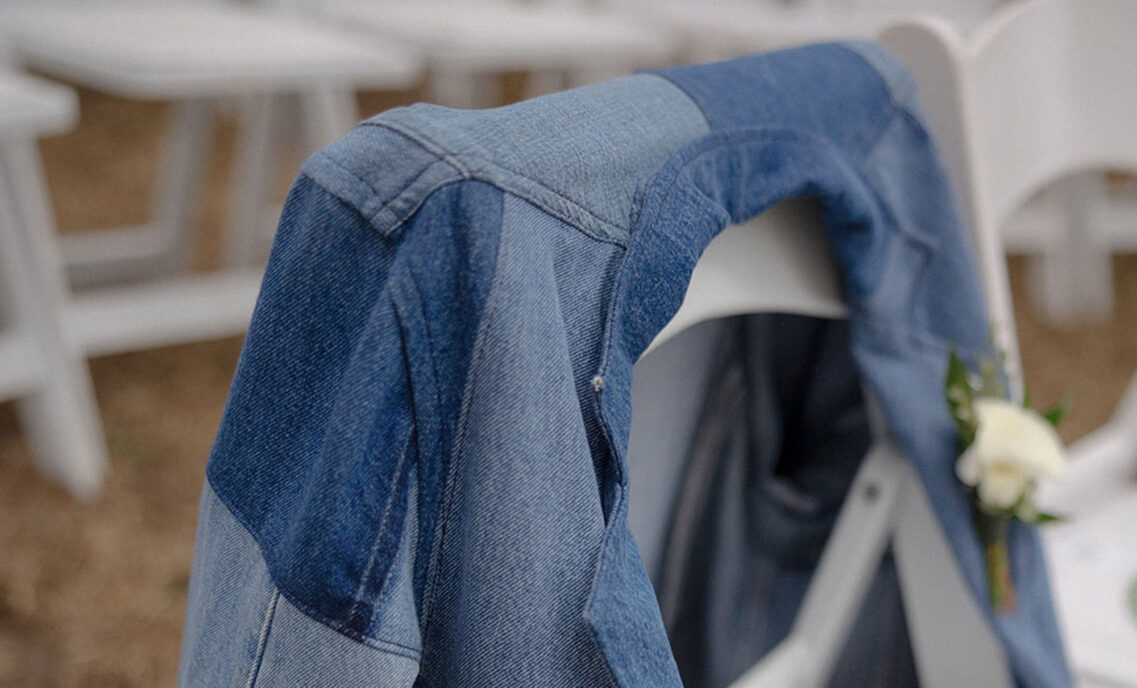You know those rich and radiant colors in that hand-crafted scarf you love? They don’t come easy.
In some artisan communities in developing countries, that price can be colorful dyes washed into rivers or streams. In small-scale studios here in the U.S., it can mean dyes and chemicals rinsed down the drain and into the city’s waterways.
Rebecca van Bergen and Miriam Dym want to change that.
The two women are Levi Strauss & Co. Collaboratory fellows and received funding to implement a water impact solution for their organization. Rebecca is the founder of Nest, a nonprofit organization that helps build artisan businesses around the world, and Miriam is the founder of a studio that creates block printed textiles. They first met during the Collaboratory – a fellowship program that brings together a small group of changemakers in the apparel industry to collaborate on sustainability solutions for their organizations – and, by the end of the weekend, knew there was a kinship.
“It happened like a little puff of fairy dust,” Miriam said. “It just seemed so clear.”
Rebecca’s project is to investigate ways that small-scale artisans can reduce and recycle their wastewater, and use those learnings to engineer a creative solution – and Miriam is a small-scale artisan herself, looking to do exactly that for her own shop.
Miriam hates flushing her dye water down the drain, and is committed to finding a better way to address it. “In a way, I’ve held myself in check as a company until I can resolve the water thing – and as a tiny business, I don’t have the resources to just snap my fingers and fix it,” she said. “So when LS&Co. said, ‘Yes, you can come sit at our table,’ I was so excited I could hardly believe it.”
Meanwhile, Rebecca wants to help artisans around the world tackle the same problem – clearing the way for them to work with bigger companies that have to meet environmental compliance standards
Inspired by the overlap, they decided to align their projects – Miriam’s project will serve as a model for Rebecca, who plans to test and evaluate a handful of potential solutions to wastewater management (including one from India, where they are using worms to eat and dispose of waste). She would then scale the most viable across her supply chain of artisans.
The natural linkage came as a pleasant surprise to the two women, who acknowledge that fellowships like this don’t often result in true collaboration. But theirs isn’t the only partnership to blossom from the Collaboratory.
“I’d say I’m now interacting with more than half of the fellows in a truly collaborative way,” Rebecca said. “It’s an amazing outcome.”
And while water is the main focus of the fellowship for the first class, Rebecca says the benefits of handicraft itself also deserve attention.
Craft is the second-largest employer of women, behind agriculture, in developing economies. It provides employment and companionship – and it can be done anywhere. One of Nest’s current projects is with women in Syria, “because it’s something that they can still do while their country is under siege,” Rebecca said.
“One of the really important aspects of craft is that it actually triggers the same brain chemistry as meditation,” she said. “So there is actually a peace-building mechanism to doing repetitive motions like beading or weaving or block printing. I think it’s a really powerful thing for women in poverty or in conflict areas.”
Stay tuned for more updates from our Collaboratory Fellows this summer here on Unzipped!







